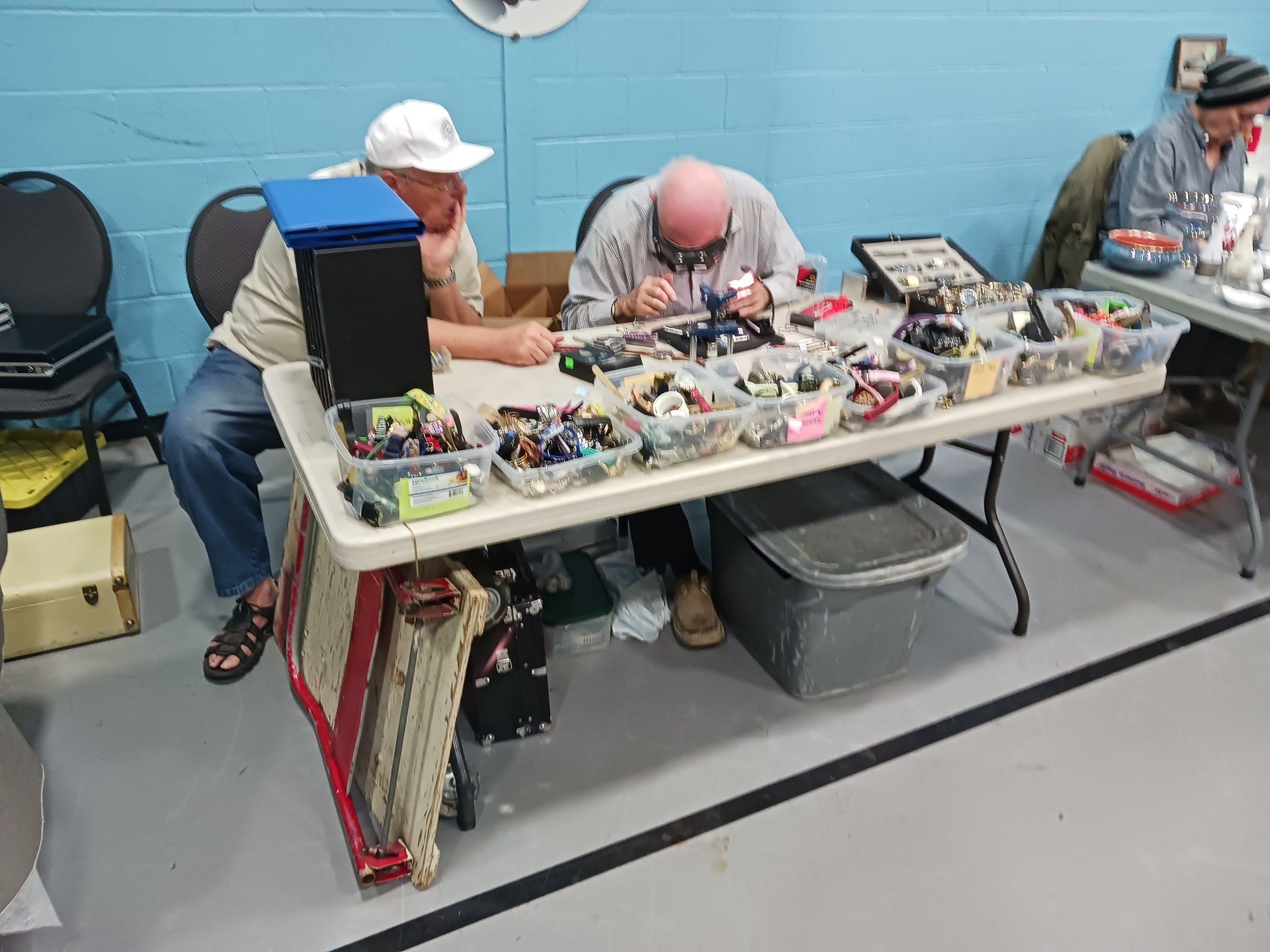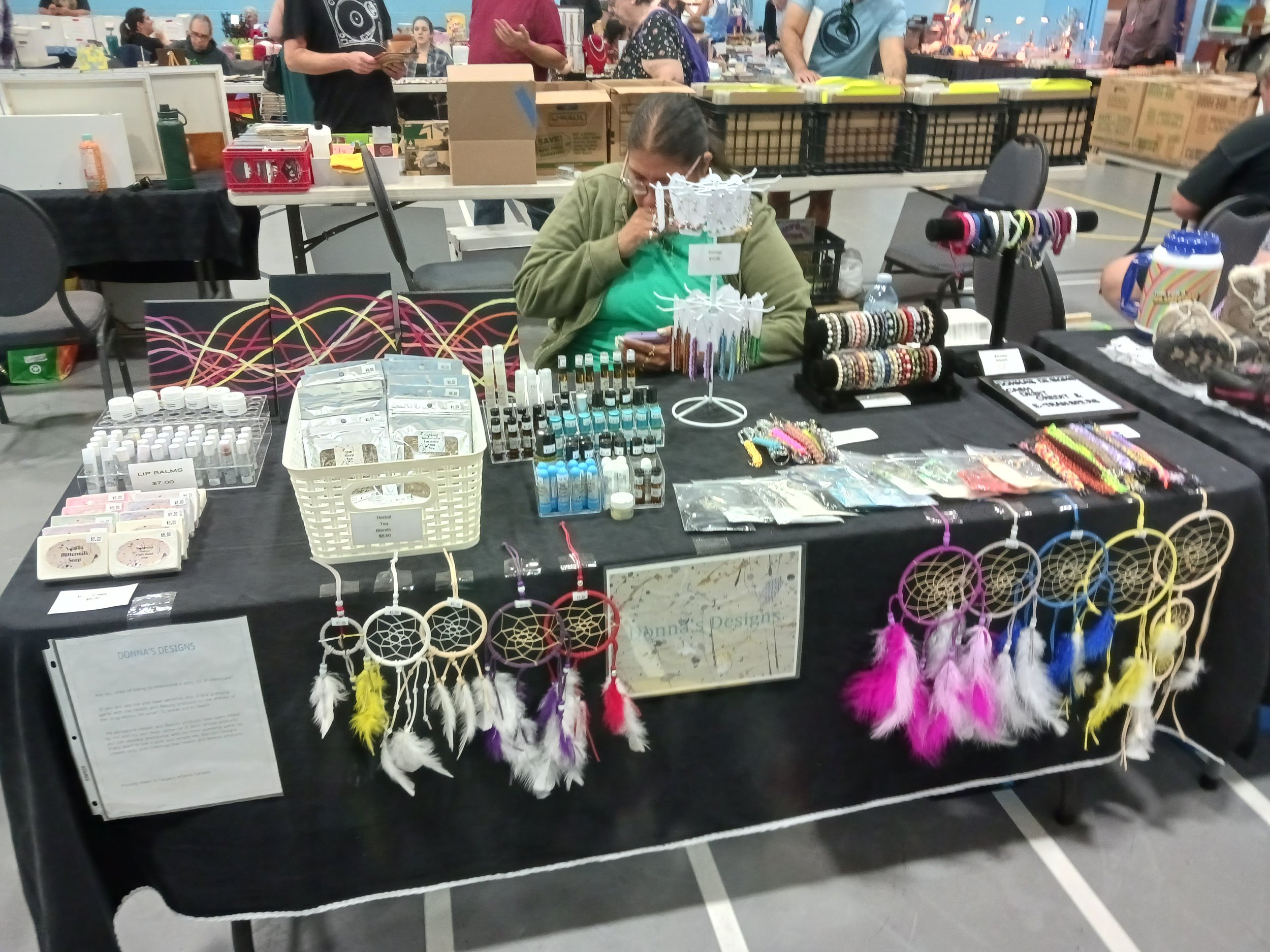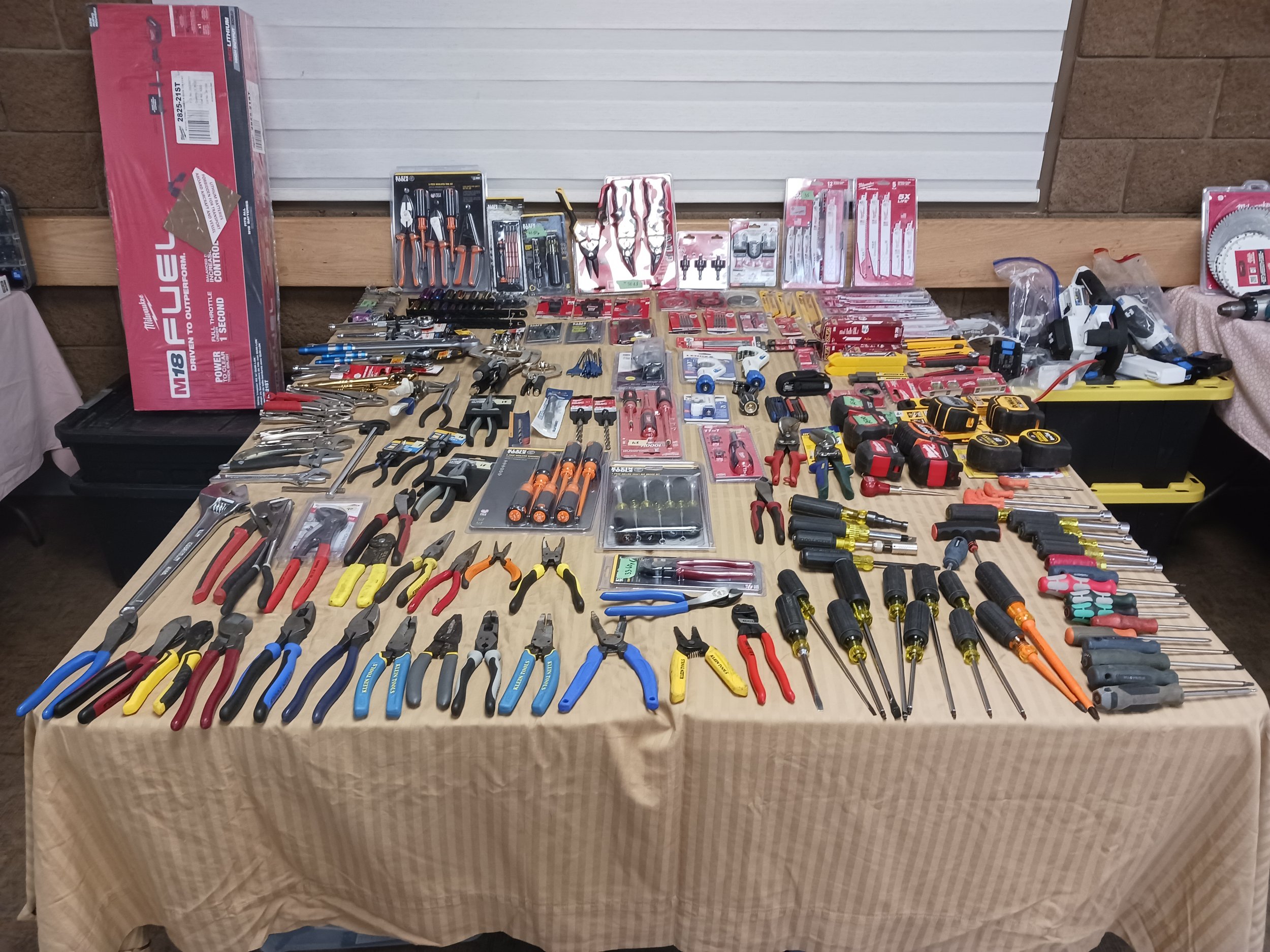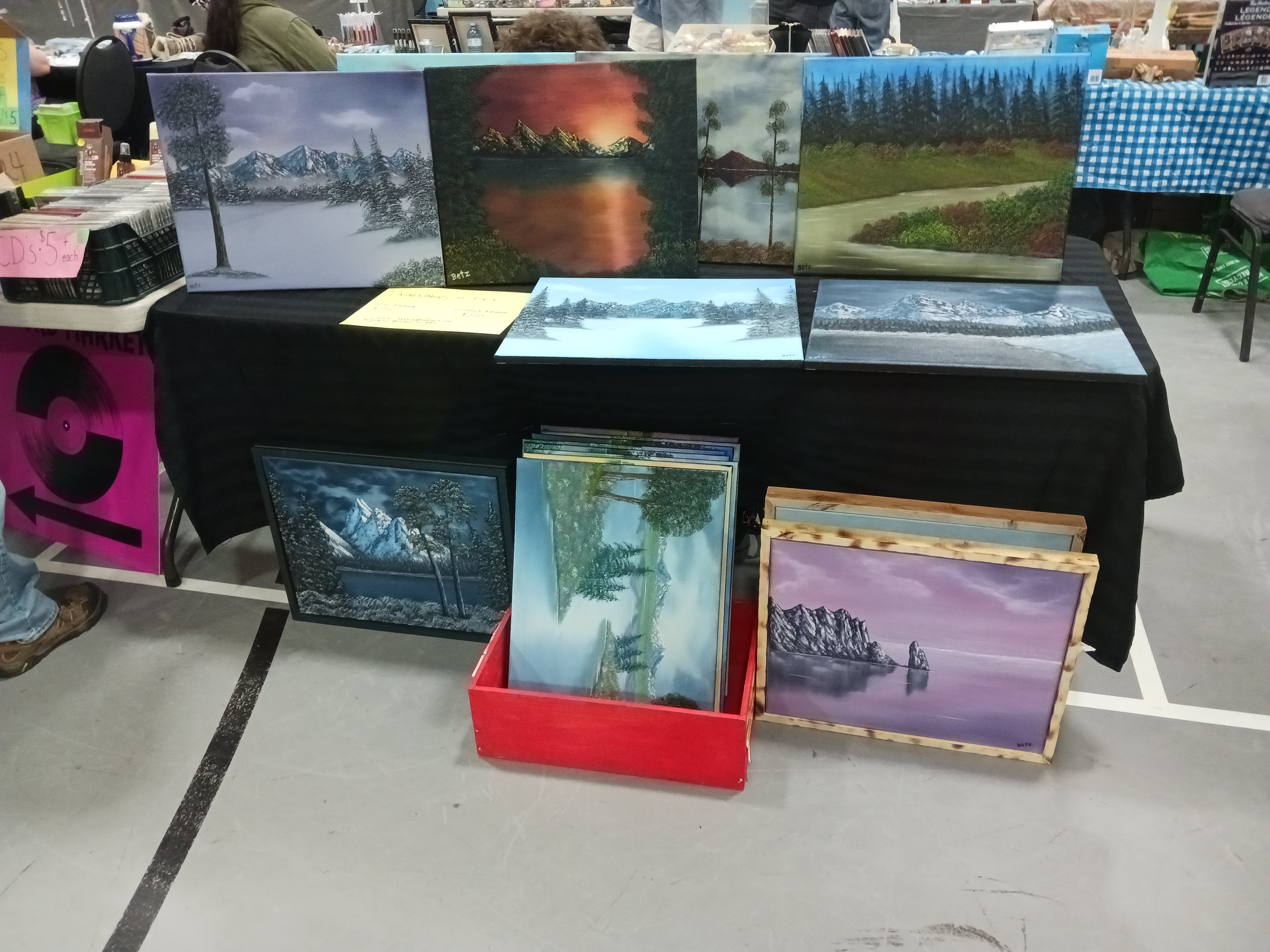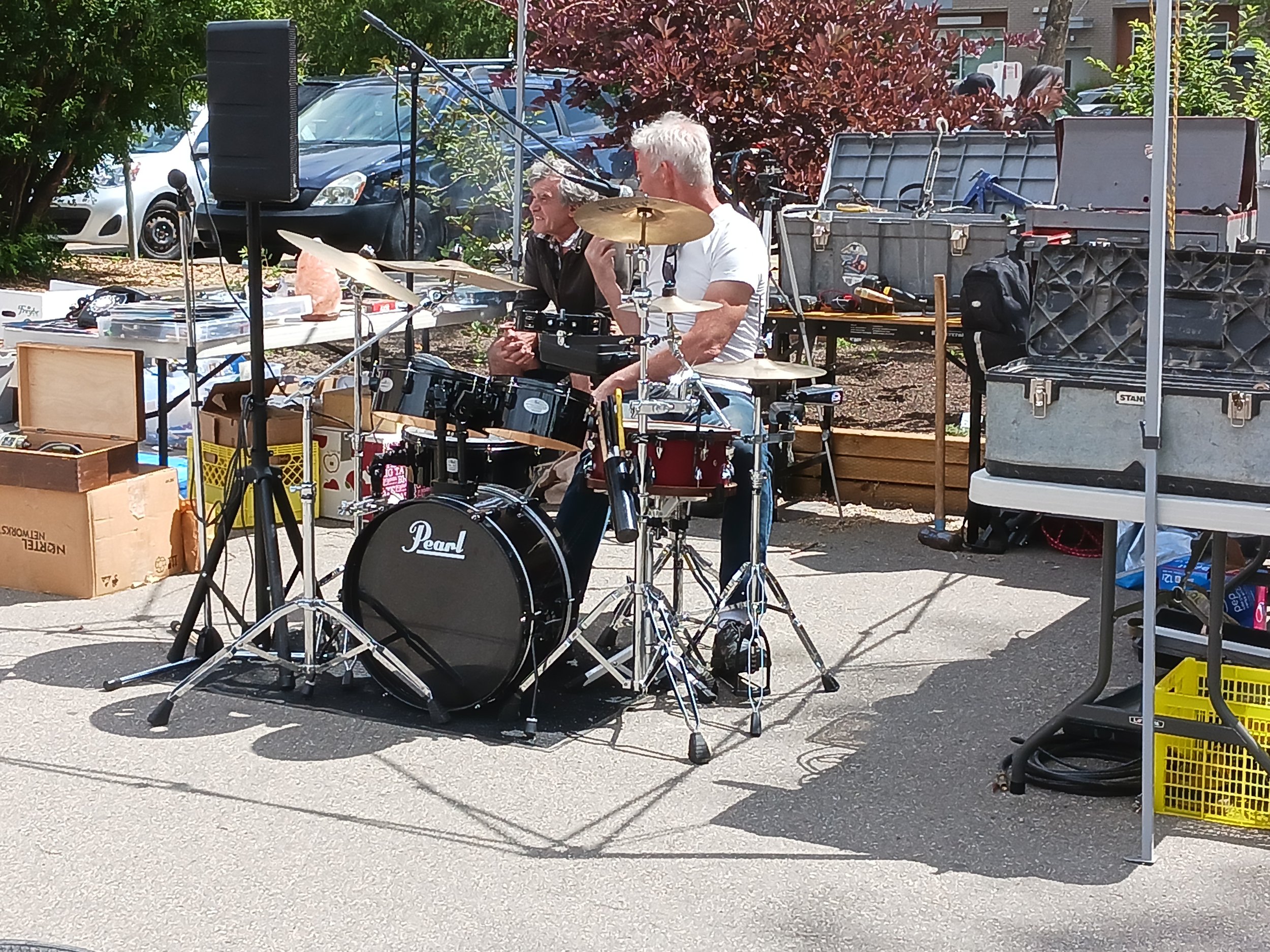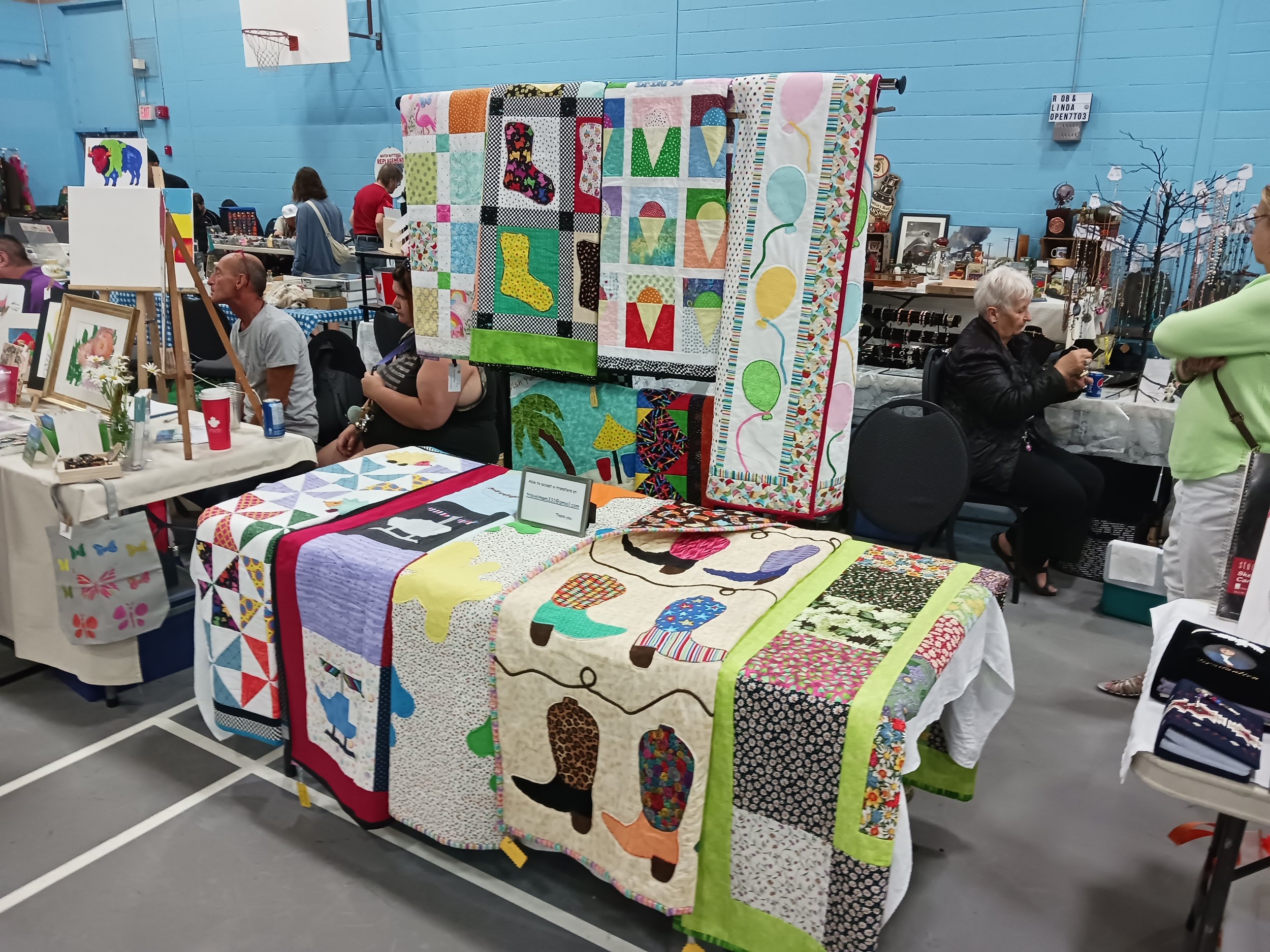As we approach the holiday season, here are 3 ways you can add some sustainable and local activities into your holiday season right in our community.
Oh, what fun it is to... UPCYCLE! Neighbour Night: Upcycled Holiday Card Making (Thursday, December 7th, 530pm) * Registration required.
Looking for more ways to think sustainably this holiday season? Join Abir & Melisa at HSCA for some upcycled holiday card making! Making your own holiday cards is a great way to get creative, repurpose materials, and give personalized and meaningful greetings. If you’re interested in attending this fun community event, please RSVP by December 4th by emailing reiko.y@hsca.ca to ensure we have enough supplies.
2. Shopping Sustainably: Browse, Save, and Surprise! The HSCA Sunday Flea Market (Last 2023 Market is Sunday, December 17th, 7-3pm)
Looking for sustainable gift giving ideas? The Flea Market is the PERFECT spot to find those one-of-a-kind gifts. Not only do Flea Markets provide more economical gift giving options but it’s a great way to support local vendors, entrepreneurs, and artisans. Our Sunday Market has something for everyone, whether you’re buying for someone practical, sentimental, or the person partial to nostalgia. Browse through arts, crafts, vinyl records, jewelry, household items, antiques EVERY Sunday, 3-7pm. Our last 2023 Flea Market is Sunday, December 17th. The Flea Market will be CLOSED December 24th & Dec 31st.
3. Community+ cheer+ local+ sustainable= THE HSFM A Very Local Holiday Market & Food Drive (Wednesday, December 20th, 3-7pm)
Local markets can be a great alternative to hitting those malls one last time (hello breath of fresh air!). Why not have fun, support local farmers and artisans, and donate to our food drive? This year’s Holiday Market will feature local vendors, kid-friendly activities, musical guests, an outdoor firepit, a holiday photobooth, and a display of holiday decorations hand-crafted by the kids in our Out of School Care (OOSC) program! Our vendors have got you covered for your last-minute stocking stuffers, host gifts, holiday party essentials, and more! HSCA will be collecting food donations of non/semi-perishable pantry food items. These donations will be distributed to members of our community facing issues with food security (please see our donation asks below).




























